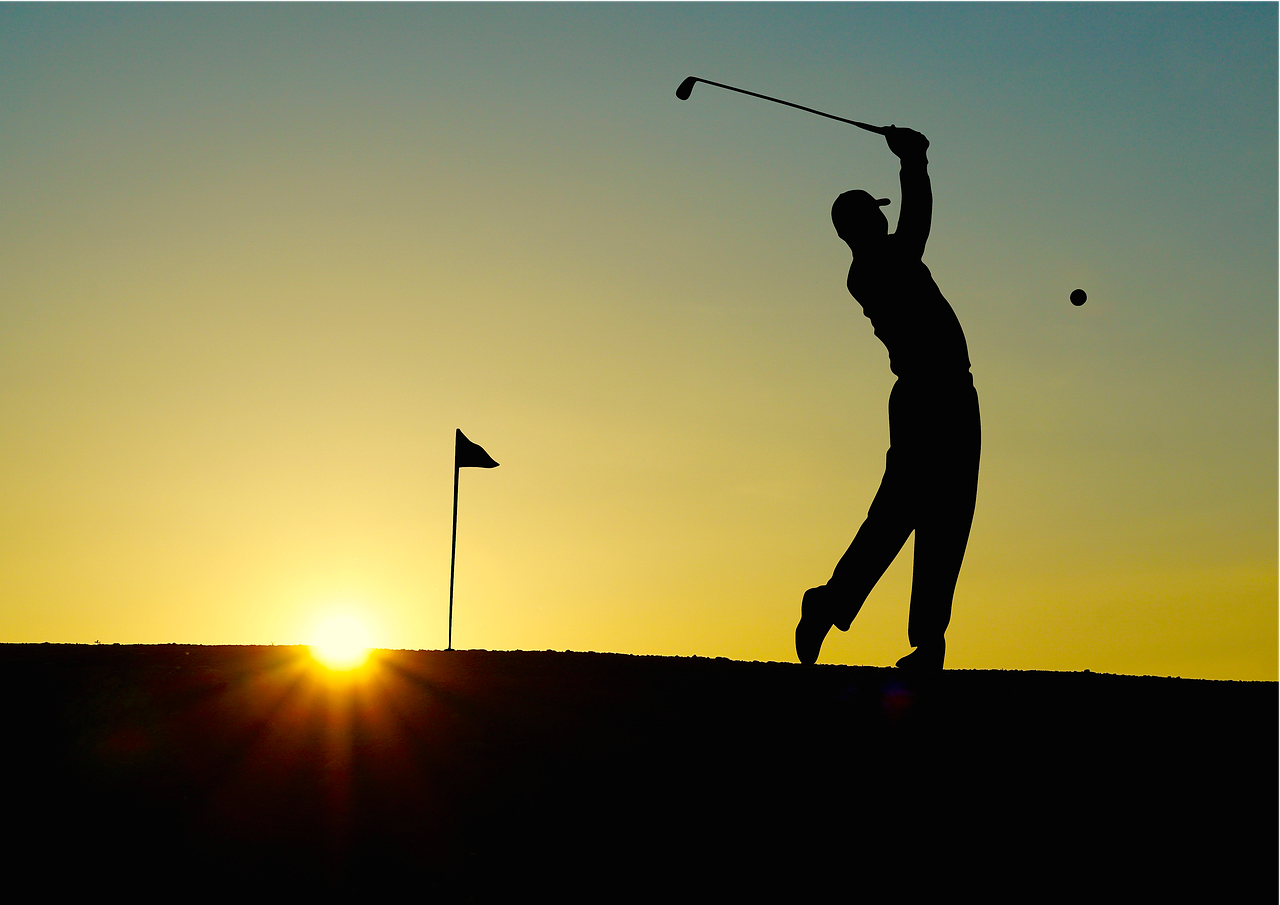Are you ready to take your golf game to the next level? One of the key elements that can greatly impact your performance on the course is your grip. Having the right grip can give you better control over your shots, resulting in more accurate and powerful swings. In professional golf, there is no one “perfect” grip that works for everyone. Each golfer has their own unique hand size, swing style, and preferences that can affect the way they hold the club. However, there are some general guidelines that can help you find the best grip for your game. These things here, if done correctly, can help you achieve the perfect golf grip.
Neutral Hand Position
 Achieving a solid golf grip should start with a neutral hand position, which is crucial. This means your hands are aligned directly in line with the club, neither rotated too far to the left (strong grip) nor too far to the right (weak grip). A neutral hand position allows for a proper wrist hinge during the swing and supports a more natural release of the club through the impact.
Achieving a solid golf grip should start with a neutral hand position, which is crucial. This means your hands are aligned directly in line with the club, neither rotated too far to the left (strong grip) nor too far to the right (weak grip). A neutral hand position allows for a proper wrist hinge during the swing and supports a more natural release of the club through the impact.
To check if you have a neutral grip, simply look down at your hands on the club – they should form a straight line from your lead shoulder down to your trailing shoulder. Maintaining this balanced hand position helps ensure that both hands work together harmoniously throughout your swing, leading to better control over the clubface and increased consistency in ball striking.
Pressure Points
Aside from getting your hand position right, paying attention to pressure points is also the key. These are the areas on your hands where you apply the most force while holding the club. Understanding and optimizing these pressure points can greatly enhance your control over the club during your swing. One crucial pressure point to focus on is the grip’s connection with your palms, as mentioned. But you also need to consider how much pressure you exert with each hand. Finding a balance between not gripping too tightly, which can lead to tension and restricted movement, and not gripping too lightly, which may result in loss of control, is essential for a smooth swing.
Alignment With Clubface
Ensuring that your hands are correctly positioned in relation to the clubface can make a significant difference in your control and accuracy on the course. Proper alignment means that when you address the ball, your hands should be positioned so that they are parallel to the target line. This alignment helps ensure that at impact, the clubface is square to the target, promoting straighter shots and better ball contact.
Interlocking vs. Overlapping Grip
 Speaking of finding a perfect golf grip, the debate between interlocking and overlapping grips often arises. The interlocking grip involves locking the golfer’s index finger of their lead hand with the pinky finger of the trailing hand. This grip is popular among players with smaller hands or those looking for a tighter connection between both hands during their swing.
Speaking of finding a perfect golf grip, the debate between interlocking and overlapping grips often arises. The interlocking grip involves locking the golfer’s index finger of their lead hand with the pinky finger of the trailing hand. This grip is popular among players with smaller hands or those looking for a tighter connection between both hands during their swing.
On the other hand, the overlapping grip entails positioning the golfer’s little finger of the trailing hand over the index finger of their lead hand. This grip is favored by players seeking more control and stability in their shots. Finding your perfect golf grip is a personal journey that requires patience, practice, and self-awareness. So, get out there, try different techniques, and see what works best for you. Your improved control and shot accuracy will thank you.

